In the process of proceedings in judicial instances, the parties, defending their interests, provide evidence. They refute the arguments of opponents. This is the meaning of the principle of competition between the parties. Let us further consider what the proofs and proof are. 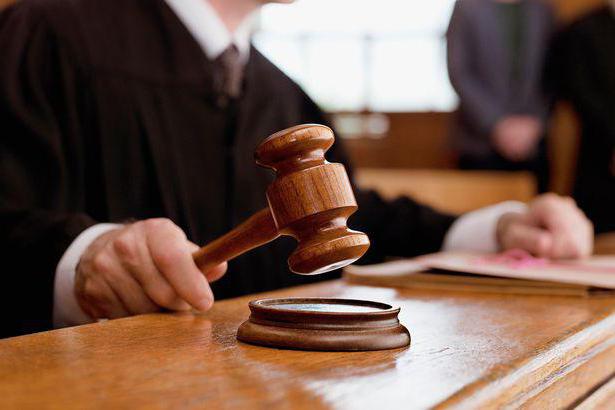
general information
The court is an independent body authorized to consider and resolve disputes. His task is not just to take any side in the matter, but to carefully study all the materials provided by the participants. The assessment of evidence by the court is based on a full, comprehensive, direct and objective study of facts, events, documents. All these materials are considered as means of indirect cognition of circumstances relevant to the resolution of the case.
Evidence and proof
Actual data that is investigated by an authorized body is reported in the form of judgments about certain facts. Judicial evidence combines this information and the means by which it is provided. Actual data is a reflection of reality events and transmit information about them. The legislation strictly regulates the form in which they can be obtained. So, Art. 55 Code of Civil Procedure determines that the actual data may constitute:
- Explanations of the parties to the dispute and third parties.
- Witness's testimonies.
- Written (documentary) and evidence.
- Video and audio recordings.
- Expert opinions.
Order of receipt
It is also strictly regulated by law. If the information that relates directly to the case under consideration is received in the proper procedural form, but is involved in the process in violation of the established procedure, then they cannot be used as evidence. Materials that are obtained illegally have no legal force. Accordingly, they also cannot be used in an authorized instance when considering a case and making a decision. Also, reference is not allowed to information that has not been studied by the court in accordance with the rules of the Civil Procedure Code.
Classification
Legislation defines several criteria in accordance with which certain types of evidence are established. For example, there is a classification according to the nature of the relationship between the content of information and the fact. By this criterion, direct and indirect data are distinguished. In the first case, the content of the information and the fact have a unique relationship. It allows us to make an indisputable conclusion about the absence or presence of one or another proven event. Information relating to the second category and taken separately, gives grounds for several versions.
In order to discard unsupported assumptions and come to a single conclusion, it is necessary to link and compare indirect evidence with the rest. For example, let's say the plaintiff sends a request to recover the amount taken from him by the defendant. Moreover, as a proof, the first one provides a letter. It contains the request of the second party to lend him. However, this document will only be indirect evidence that a loan agreement has been concluded, from which, accordingly, an obligation has not been fulfilled by the defendant. It is another matter if the plaintiff provided a letter in which the debtor asks to wait for the return of the money that he borrowed. Such a document will be considered a direct indication of the existence of a contract. 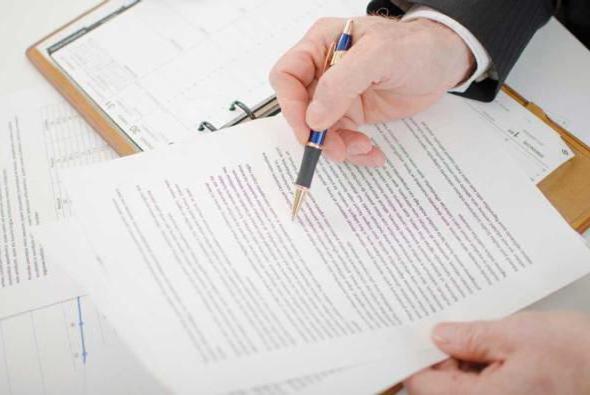
The practical significance of classification
Indirect data are widely used when considering certain disputes, especially when direct evidence is absent or not sufficient. With their help, the substantiation of conclusions is carried out by eliminating false assumptions. The practical significance of the division into direct and indirect materials is that:
- Differences between them are taken into account by the authorized authority during the proceedings on the case and the collection of materials that are essential for resolving the merits of the situation. Indirect information should be present in sufficient quantities. There should be so many that it would be possible to exclude all versions arising from them, except for one.
- The presence of direct links with the information provided and fait accompli does not exclude the possibility of a refutation of their content. In this regard, the requirement for a comprehensive study of the materials and circumstances provided should be fulfilled in relation to all data.
- The legal nature of indirect and direct information affects the content of the rationale. Using the first lengthens the path to resolving the dispute, introduces additional intermediate steps in the procedure for consideration and resolution of the case.

Initial and derived data
There are types of evidence that differ in the nature of the formation of certain information about fait accompli. Initial evidence is generated by the direct impact on the information carrier. Derivative data reproduces information that is obtained from other sources. They are also referred to as copies. For example, the words of a witness who heard from another person about the circumstances of the incident will be derivative evidence, but the eyewitness testimony will be the original (source).
Practical application
Derivative and initial evidence is crucial for establishing true events and facts. Understanding the course of the formation of certain materials in the case allows them to conduct their research in the right direction, correctly pose questions to the parties, witnesses, experts, as well as find out information related to the dispute. If there is any doubt about the reliability of the derived data, the legislation prescribes to strive to obtain information from the primary sources. In the process of research, verification of evidence, the conditions for their formation, circumstances that may affect their veracity should be checked. The authority authorized to consider the case cannot refuse to attach certain information due to the fact that they are not the source sources. Evidence in the civil process, both initial and derivative, is compared with all available case materials. 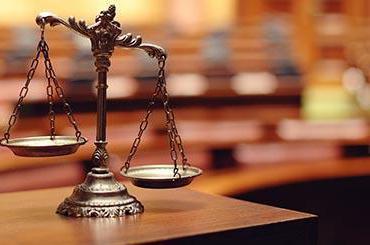
Material analysis
According to Art. 67 Code of Civil Procedure, evidence in a civil proceeding is investigated in accordance with the internal conviction of an authorized official. This principle is based on the fact that entities that consider and resolve cases on their own, independently resolve issues related to the reliability, falsity or truth of the information, as well as their sufficiency in order to make a reasonable conclusion. According to the Code of Civil Procedure, no information has a predetermined strength. The court may reject any evidence if the information it carries is untrue.
Criteria
Assessment of evidence is carried out directly during the trial. There are no formal requirements in the legislation, according to which it is necessary to recognize certain information as reliable. Assessment of evidence should be carried out regardless of external influence. Moreover, they are investigated in aggregate. The formation of internal conviction is influenced by the worldview of the authorized person.Its key element is legal awareness. It contributes to the correct understanding and interpretation of the laws to be applied in a particular dispute. Legal awareness is of great importance for persons involved in the case. They also evaluate evidence in accordance with their internal beliefs and worldview. 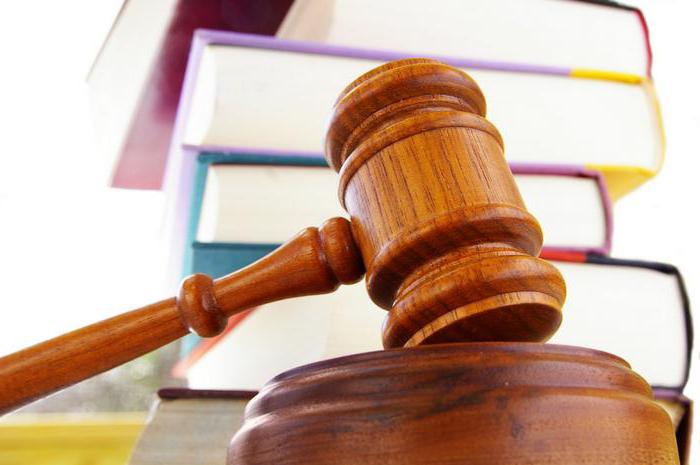
Objective review
It represents the judge's disinterest in the pending and resolved case. He should not have prejudice and bias in the study of materials. To ensure an objective study of the information submitted by the parties, the legislation provides for the procedure challenge judge. In the absence of interest, the authorized person reviews the materials comprehensively: both from the plaintiff and the defendant. Objectivity, comprehensiveness are of particular importance when evaluating evidence in criminal proceedings.
Requirements
They are established by procedural legislation. In accordance with these requirements, the court should assess the reliability, relevance of each evidence separately, the sufficiency and interconnectedness of the materials in aggregate. These requirements primarily relate to the final stage of the study of the information provided by the parties. The court must state the results of the analysis of materials in its decision. The act gives reasons for which some materials were accepted as a means of justification, while others were rejected, as well as the grounds on which one data was preferred over the others. Assessment of evidence may be interim, relate to information being studied to resolve the case or justifying the need to perform certain procedural actions. 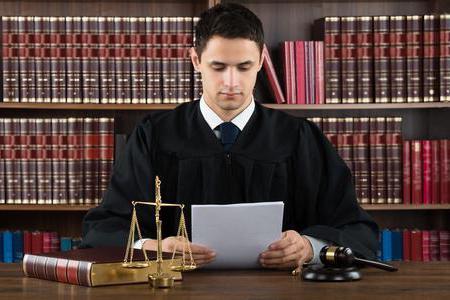
Conclusion
The court evaluates evidence not only in the course of resolving the case on the merits. So, at earlier stages, the parties are invited to provide additional materials, if already available, in the opinion of the competent person, is not enough to resolve the issue. Often, expert judgment is crucial. This, in particular, is relevant in cases where material evidence is examined, and other necessary procedural actions are performed with the participation of a specialist. At the same time, an expert opinion is not considered an exceptional means of substantiating one or another of the conclusions. It should also be evaluated in conjunction with other evidence. The final decision on the case is made in the deliberation room. The court, having completed the investigation within the framework of the hearing, having provided the parties with the opportunity to speak out, is sent off to the enclosed space, where he individually (or collectively) issues a motivated act.